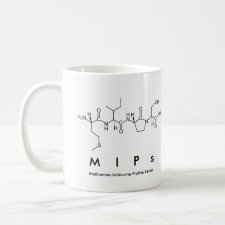
Authors: Sun GQ, Wang PP, Ge SG, Ge L, Yu JH, Yan M
Article Title: Photoelectrochemical sensor for pentachlorophenol on microfluidic paper-based analytical device based on the molecular imprinting technique.
Publication date: 2014
Journal: Biosensors and Bioelectronics
Volume: 56
Page numbers: 97-103.
DOI: 10.1016/j.bios.2014.01.001
Alternative URL: http://www.sciencedirect.com/science/article/pii/S0956566314000037
Abstract: Combining microfluidic paper-based analytical device (μ-PAD) and the molecular imprinting technique, a visible light photoelectrochemical (PEC) sensing platform for the detection of pentachlorophenol (PCP) was established on gold nanoparticles (AuNPs) decorated paper working electrode using polypyrrole-functionalized ZnO nanoparticles. Ascorbic acid (AA) was exploited as an efficient and nontoxic electron donor for scavenging photogenerated holes under mild solution medium and facilitating the generation of stable photocurrent. The microfluidic molecular imprinted polymer-based PEC analytical origami device is developed for the detection of PCP in the linear range from 0.01 ng mL-1 to 100 ng mL-1 with a low detection limit of 4 pg mL-1. This disposable microfluidic PEC origami device would provide a new platform for sensitive, specific, and multiplex assay in public health, environmental monitoring, and the developing world
Template and target information: pentachlorophenol, PCP
Author keywords: Microfluidic paper-based analytical device, Photoelectrochemical, molecular imprinting technique, pentachlorophenol



Join the Society for Molecular Imprinting

New items RSS feed
Sign-up for e-mail updates:
Choose between receiving an occasional newsletter or more frequent e-mail alerts.
Click here to go to the sign-up page.
Is your name elemental or peptidic? Enter your name and find out by clicking either of the buttons below!
Other products you may like:
 MIPdatabase
MIPdatabase









